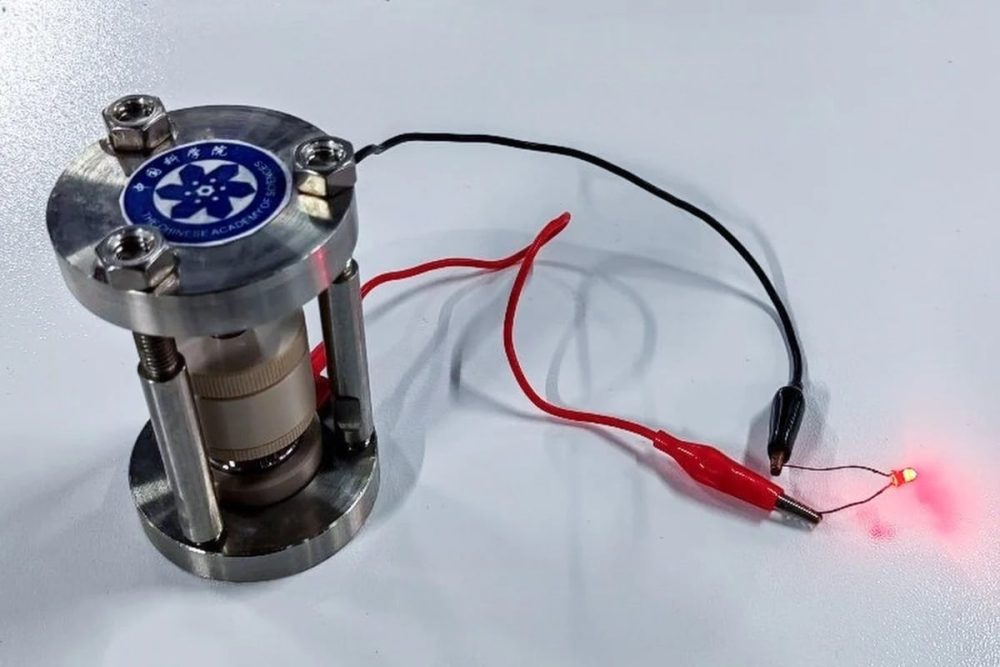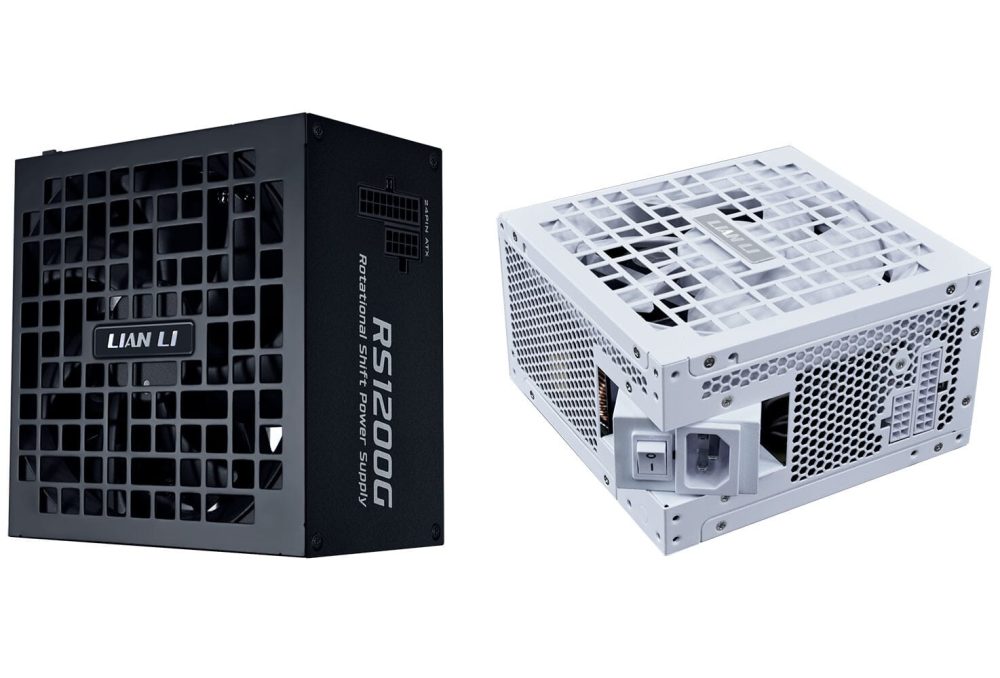A team of Chinese scientists has built the world’s first working hydride ion battery, a clean-energy technology that could outperform today’s lithium-ion batteries by a massive margin.
Researchers from the Dalian Institute of Chemical Physics (DICP) at the Chinese Academy of Sciences have developed a solid-state prototype that stores and delivers energy using hydride ions, which are negatively charged hydrogen ions. Their findings were recently published in Nature.
Why It Is Important
- Up to 6x the capacity of some lithium-ion batteries
- Rechargeable and stable at room temperature
- Uses solid materials, not flammable liquid electrolytes
- Avoids metal dendrites, a major cause of battery failure and fires
How the Battery Works
The prototype uses:
- Positive electrode: Sodium aluminum hydride (NaAlH₄)
- Negative electrode: Cerium dihydride (CeH₂)
- Electrolyte: A core-shell material called 3CeH₃@BaH₂, designed for fast hydride ion movement
By wrapping cerium trihydride (CeH₃) in a thin layer of barium hydride (BaH₂), the team created an electrolyte that’s both stable and highly conductive even at room temperature.
They then built a full battery stack:
CeH₂ | 3CeH₃@BaH₂ | NaAlH₄
Performance Highlights
- Initial capacity: 984 mAh/g, far beyond typical lithium-ion cells
- After 20 cycles: Still delivers 402 mAh/g
- Voltage: 1.9V in a stacked configuration
- Proof of concept: Successfully powered a yellow LED lamp
Why Hydride Ions Are a Big Deal
Unlike lithium ions, hydride ions:
- Carry more energy per unit
- Enable safer solid-state designs
- Don’t form dendrites (no fire hazards)
- Rely on abundant materials, not rare lithium
Future Applications
This technology could transform:
- Grid-scale energy storage
- Hydrogen energy systems
- Magnetic levitation and aerospace tech
- Portable and mobile power devices
- High-efficiency power transmission
The researchers say the breakthrough moves hydride batteries from theory to reality, opening the door to safer, more powerful, and sustainable energy storage.
Their conclusion:
“By using hydrogen as the charge carrier, we have avoided dendrite formation and created a pathway for next-generation clean energy storage.”


